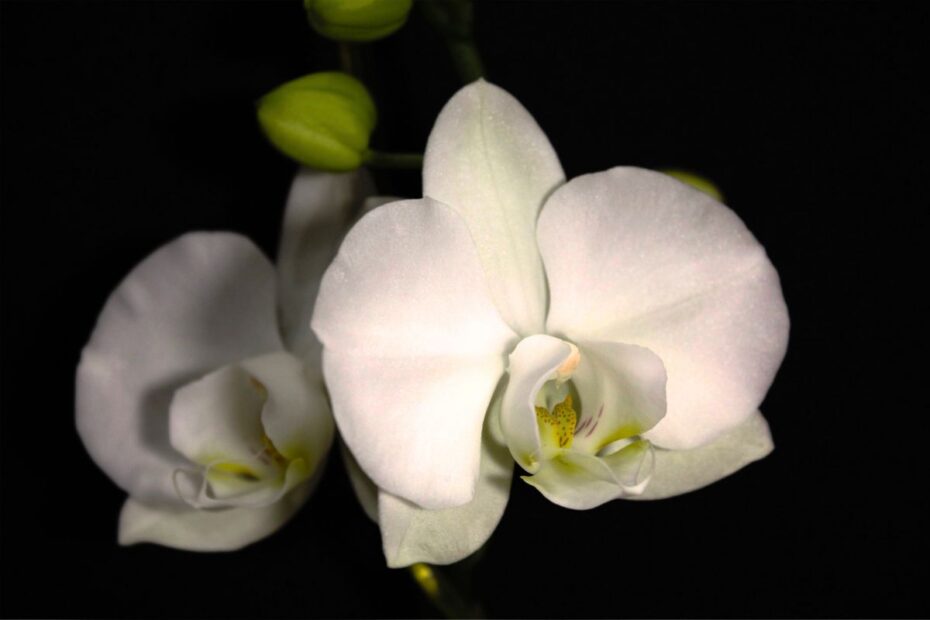Orchids are famous for being both beautiful and temperamental. You water them, give them light, and still… nothing. No flowers, just leaves staring back at you. But here’s a surprising trick many growers swear by: placing your orchid in complete darkness for 48 hours can shock it back into bloom.
The science behind the darkness trick
Orchids are light-loving plants, but when you deprive them of it briefly, you create a kind of stress response. Once returned to daylight — near a window or glass door, but away from direct sun — the plant reacts by producing new flower spikes. Gardeners sometimes call this the plant’s “swan song,” a final push of energy to bloom.
The key is moderation: no more than two days in a dark, enclosed spot like a cupboard, cellar, or attic. Leave it any longer and you risk starving the plant of the photosynthesis it needs to survive.
The perfect growing conditions
Of course, darkness alone won’t keep your orchid happy. To ensure healthy blooms, focus on the basics:
-
Light and placement: Position your orchid in bright but indirect light. Avoid draughty doorways or hot spots near radiators and stoves.
-
Temperature: Orchids thrive in daytime warmth (around 24°C) but prefer cooler nights (about 16°C) to trigger flowering.
-
Watering: Keep the soil slightly moist but never waterlogged. In winter, reduce watering to twice a month with room-temperature, non-calcareous water.
-
Humidity: These tropical plants love moisture in the air. A small dish of water nearby can help, especially in heated homes.
Supporting your orchid’s growth
Simple touches can make all the difference. A slender stake will keep flower stems upright, allowing buds to open without strain. Occasional feeding with a light orchid fertiliser boosts nutrients, though too much can backfire.
Repotting every two to three years also refreshes the substrate, encouraging stronger roots and new growth. And if you notice brown, mushy roots? Gently remove them and repot immediately in fresh orchid mix.
Common mistakes to avoid
Orchids are resilient, but certain missteps will shorten their lifespan:
-
Using hard or cold water, which can shock roots.
-
Overwatering, which drowns the plant.
-
Exposing it to harsh direct sunlight, which burns leaves.
-
Letting it sit in a pot that’s too crowded, leaving roots gasping for space.
The bottom line
Your orchid may look like it’s given up, but don’t lose hope. With the right mix of light, temperature, humidity, and the occasional dark retreat, you can coax it back into bloom. The next time your orchid refuses to flower, give it two days in the dark — it may just reward you with a dazzling display of colour.
